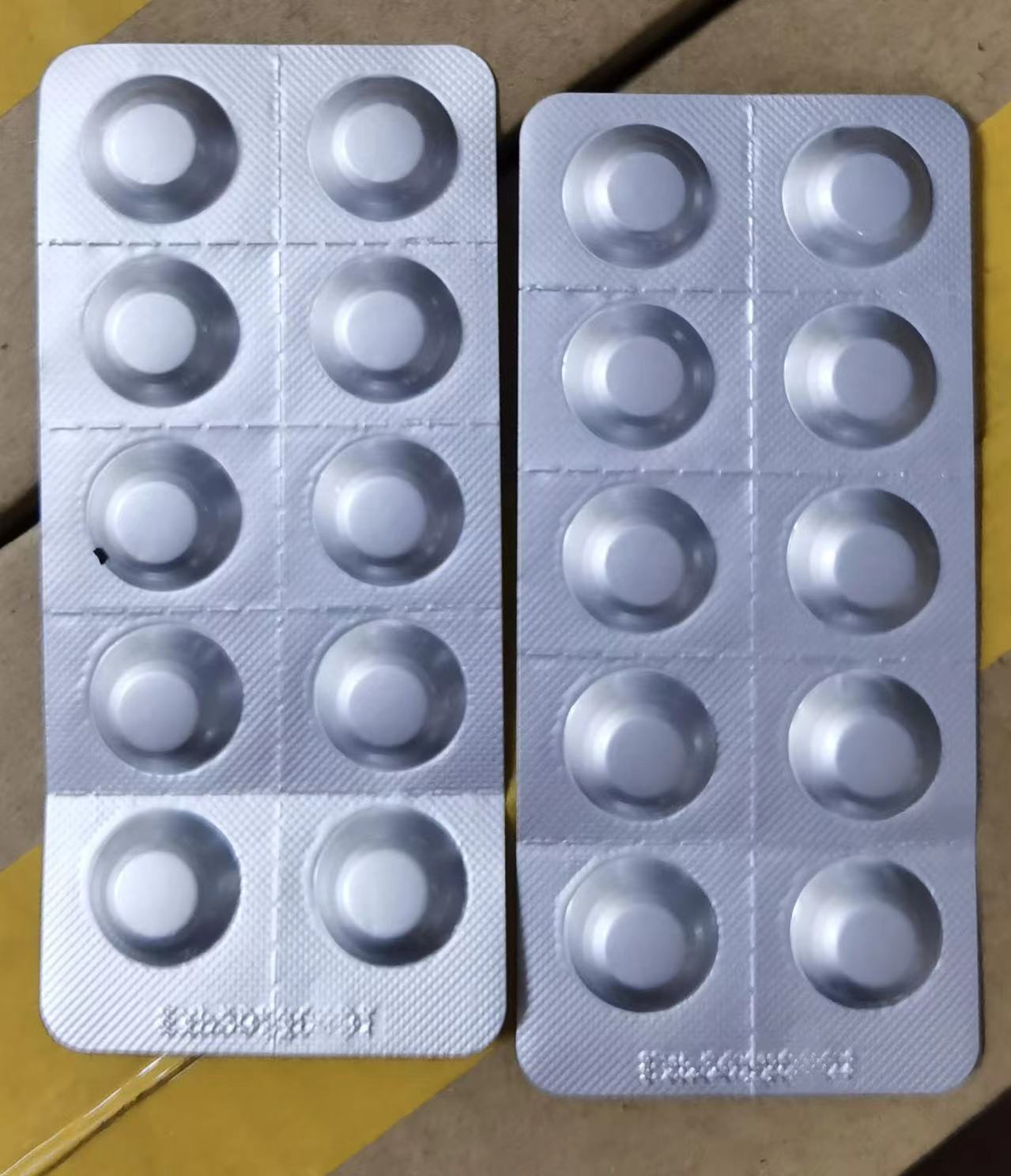
- +86-13363869198
- weimiaohb@126.com

ಆಕ್ಟೋ . 17, 2024 18:37 Back to list
lidocaine hydrochloride powder
Understanding Lidocaine Hydrochloride Powder An Overview
Lidocaine hydrochloride is a widely used local anesthetic and antiarrhythmic medication. It belongs to the category of amino amides and is primarily utilized in medical contexts to provide pain relief during various procedures. In its powdered form, lidocaine hydrochloride is versatile and has various applications, making it an essential component in both surgical and dental practices.
Chemical Composition and Properties
Lidocaine hydrochloride’s chemical formula is C14H22N2O.HCl, and it has a molecular weight of 288.81 g/mol. The compound appears as a white crystalline powder that is water-soluble, allowing it to be easily dissolved for use in various medical formulations. The drug acts by blocking sodium channels in the neuronal cell membranes, thereby inhibiting the initiation and conduction of nerve impulses. This property makes lidocaine an effective local anesthetic, preventing the sensation of pain.
Medical Applications
Lidocaine hydrochloride powder is commonly utilized in a variety of settings
1. Local Anesthesia In both surgical and dental procedures, it is used to numb specific areas of the body. For instance, it is often injected to alleviate pain during minor surgeries or to provide relief during dental work. The rapid onset of action (typically within 5 to 15 minutes) makes it a preferred choice among clinicians.
2. Topical Applications The powdered form can be formulated into creams or gels for topical administration. This application is particularly useful for procedures such as dermatological surgeries or for treating skin conditions that involve painful lesions.
3. Antiarrhythmic Agent Lidocaine is not only an anesthetic but also serves as an effective antiarrhythmic agent. It is used in emergency settings to treat ventricular arrhythmias, particularly after myocardial infarction, due to its ability to stabilize cardiac membranes.
4. Chronic Pain Management In some cases, lidocaine patches or infusions are utilized for chronic pain management, including neuropathic pain conditions. This approach allows for localized treatment without systemic effects, minimizing potential side effects while providing effective relief.
lidocaine hydrochloride powder

5. Research Applications Lidocaine hydrochloride is also used in various research contexts, especially in studies examining nerve function and pain pathways. Its ability to block nerve conduction is essential for understanding how different anesthetic agents work and can assist in developing new pain management therapies.
Dosage and Administration
The dosing of lidocaine hydrochloride varies depending on its application. For local anesthesia, dosages typically range from 1% to 2% solutions administered via injection. For topical formulations, concentrations may vary, but common formulations use 2% to 5% lidocaine. It is crucial for healthcare providers to calculate the appropriate dosage based on patient factors such as weight and overall health to avoid toxicity.
Side Effects and Precautions
While lidocaine hydrochloride is generally considered safe, it is not devoid of risks. Side effects can occur and may include
- Local reactions such as redness and swelling at the injection site. - Systemic effects like dizziness, tinnitus, blurred vision, and in rare cases, seizures or cardiac arrest, particularly with overdose or rapid intravenous administration.
Healthcare providers must monitor patients closely following administration to minimize these risks. Special caution should be exercised when using lidocaine in patients with certain medical conditions, such as liver disease, heart conditions, or in pregnant individuals.
Conclusion
Lidocaine hydrochloride powder is an invaluable tool in modern medicine, offering effective pain relief and serving critical roles in various therapeutic settings. Its ability to provide rapid and targeted anesthesia while also functioning as an antiarrhythmic agent highlights its versatility. As with any medication, understanding its properties, appropriate usage, and potential side effects is essential for optimizing patient care and enhancing treatment outcomes. Whether in surgical suites or chronic pain clinics, lidocaine remains a cornerstone in the management of pain and discomfort, exemplifying the vital interplay between pharmacology and patient well-being.
-
High-Quality Pharma Intermediates Supplier & Manufacturer Solutions
NewsJul.23,2025
-
Top CAS: 79099-07-3 Factories & Supplier Solutions from China
NewsJul.22,2025
-
Top GHRP-6 CAS 1451-83-8 Factory | Reliable Supplier
NewsJul.21,2025
-
GS-441524 White Liquid & Pills: Factory Direct Suppliers & Manufacturers
NewsJul.20,2025
-
High Quality Bromazolam CAS 71368-80-4 – Leading Supplier & Factory Price
NewsJul.08,2025
-
Protonitazene (Hydrochloride) CAS 119276-01-6 Supplier - Top Manufacturers & Factories
NewsJul.08,2025